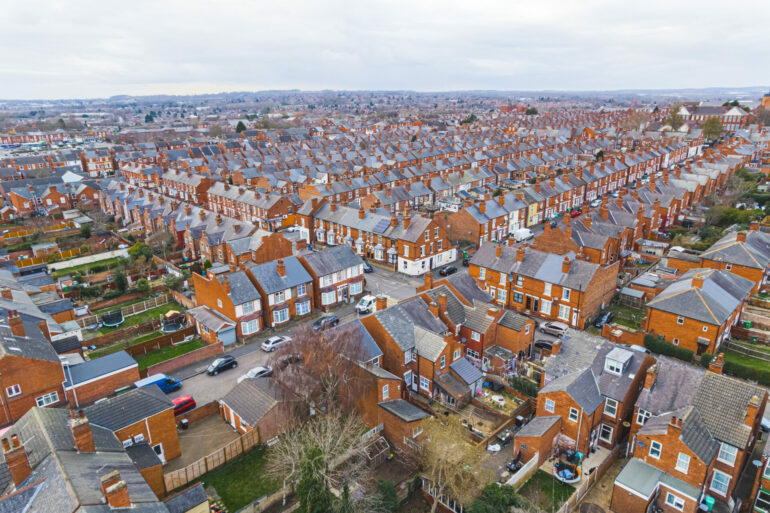UK house prices continued to fall in August, dropping 4.6% on the year – the biggest annual decline in 14 years, according to the latest Halifax House Price Index, with the typical home now costing £279,569. This is about £14,000 down on the peak of £293,992 in August last year after 14 consecutive interest rate hikes by the Bank of England sent mortgage costs spiralling upwards.
There was also a fifth consecutive monthly decline of 1.9% – the steepest decline since November last year with prices dropping about £5,000 on July – no surprise when you consider affordability is now being squeezed to the max by escalating mortgage rates with buyers struggling to purchase the homes they want, and more sellers accepting offers below the asking price.
Mortgage rates may have eased, with the average two-year fixed rate now 6.7% – down from the July peak of 6.86% as interest rate expectations improve and lenders compete more aggressively for business – but that won’t solve the financial pain many prospective buyers and existing homeowners are already facing.
The reality is that mortgage rates of today are still significantly higher than the lows seen in 2021 before the BoE began its aggressive rate hiking cycle to curb rampant inflation in December of that year. It means improving mortgage rates and falling inflation may do little to soften the affordability challenge for new and existing borrowers, who must prove to lenders they can comfortably meet higher repayment levels.
For first-time buyers, whose carefully saved deposit may no longer be enough to secure their desired property, solutions include longer mortgage terms or 100% mortgages – though this can be risky in a falling market as the buyer could end up in negative equity. Others may consider downgrading the size and location of the property they purchase to ensure they can afford repayments or put buying plans on the backburner until prices have fallen further or mortgage rates have eased.
For the 800,000 homeowners with fixed-rate mortgages expiring in the second half of this year, along with the 1.6 million homeowners with products expiring in 2024, the remortgage nightmare will feel very real as they must absorb significantly higher repayments. Locking in a deal up to six months ahead of their product expiring is key to avoid reverting to their lender’s ultra expensive Standard Variable Rate. This does not mean they will miss out if a better deal comes along in the meantime as the Government’s new Mortgage Charter means borrowers can switch right up to the moment their new terms starts.
With the drag on house buying activity from higher interest rates expected to continue from here, property prices are unlikely to recover in the short term. With income growth high, this could offer some relief for first-time buyers looking to get on the property ladder.
However, a falling market can also put more homeowners at risk of falling into negative equity where the value of the home is less than the mortgage attached to the property. Such a scenario causes added complications for homeowners looking to sell as they must cover the shortfall between the sale price and the mortgage balance, while those refinancing may struggle to move to a new mortgage product when their existing deal ends.
Alice Haine is personal finance analyst at Bestinvest



